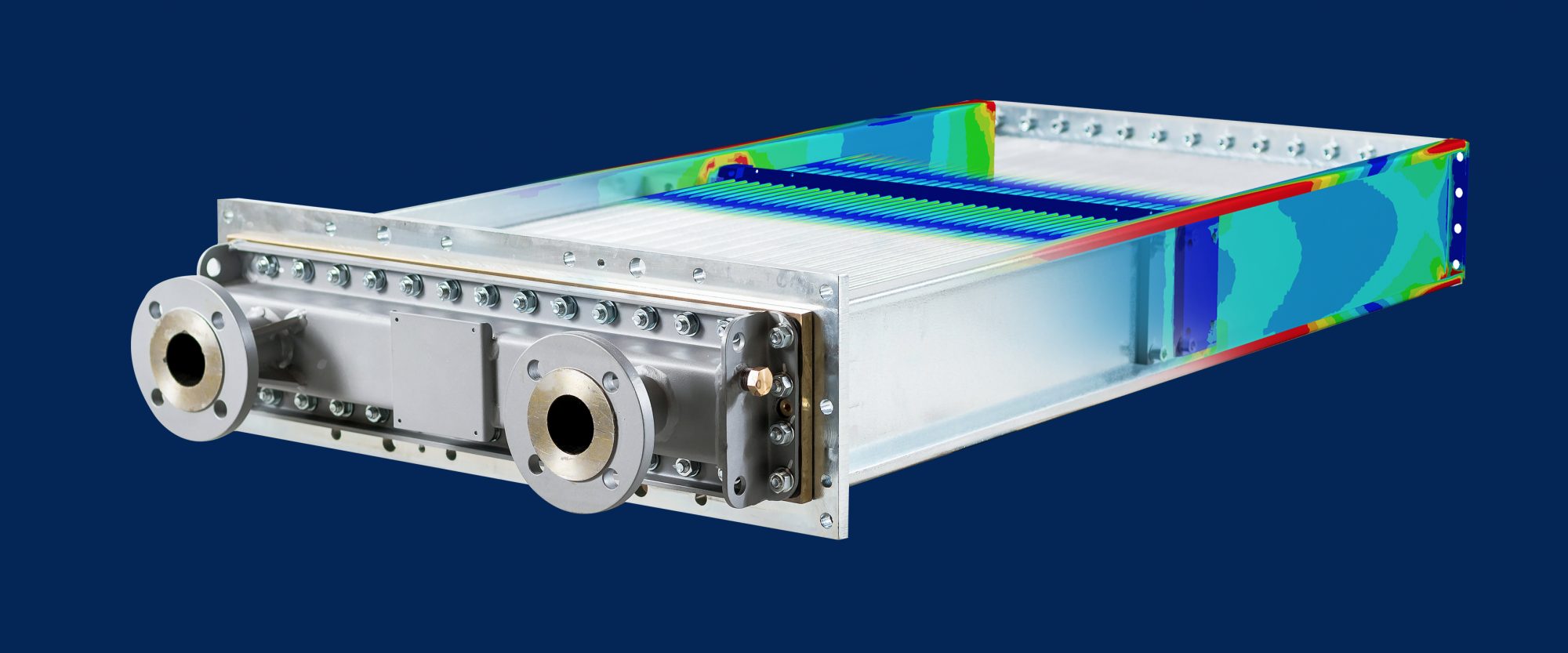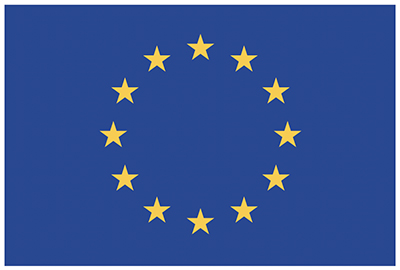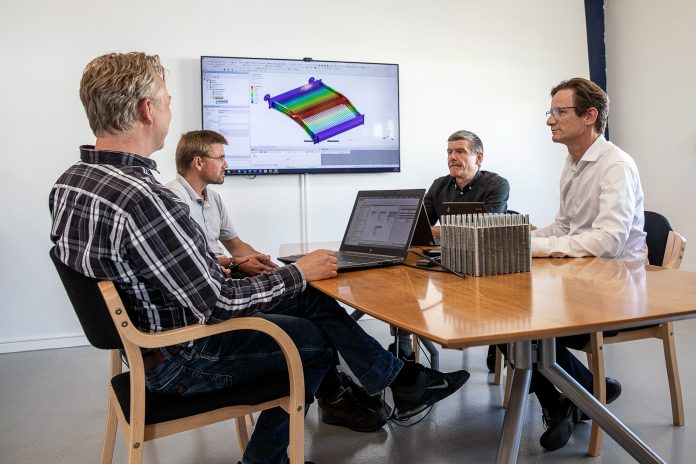Open Access Government talk to Vestas aircoil A/S about the multidisciplinary InDEStruct Project, and why it is vital that academia meets industry from the perspective of Industry 4.0
Industry 4.0 is happening now, with immense focus on the digital transformation of companies and the use of IoT (internet of things). In the interview below, Claus H. Ibsen, R&D Director at Vestas Aircoil, and InDEStruct Project Early Stage Researcher Atul Singh, discuss the importance of making theory and practice come together, ultimately benefitting both academic societies and private companies as well as the outside world.
The InDEStruct Project provides a digital twin platform (1), and is a collaborative doctoral training programme that provides a model for the development of technology leaders, enabling them to apply scientific methods from academia to interdisciplinary industrial design. Why is there a need for this?
Claus: As part of the InDEStruct Project, we held an innovation workshop in February 2022, where it became apparent that, for industry to take full advantage of our findings, we need to go from current Technology Readiness Levels TRL3 to TRL7 or 8. This is why we ask, how can we efficiently move from three to seven? The answer lies in bridging that gap between industry and academia.
The main driver for the InDEStruct project is the distinct lack of well-trained scientists in the area of multi-disciplinary optimisation of systems that involve thermal and mechanical loading caused by vibration excitation and aerothermal flow and their combined effect on structural damage. The project brings together four different disciplines to have a multidisciplinary cohort working on a challenge. The knowledge each of the four Early Stage Researchers (ESRs) comes together to find solutions to widely different challenges, through developing tools and methods to improve the design of a gas-to-gas heat exchanger for the company, Vestas aircoil A/S.
Furthermore, a digital twin is necessarily a multi-disciplinary concept, where well-trained scientists integrate technology to provide indicators of engineering performance, thus requiring a multi-disciplinary understanding of systems – the InDEStruct project will contribute to that.
Atul: The four individual projects each have their own core competencies, at the same time as the ESRs gaining PhDs. So there is a balance between the academic and industry, which often is not there. Theories are often limited to academic settings. For example, there are various formulas and methods which are studied in an academic setting, but what we miss is asking “when is this problem relevant?” Here, the relevance of the problem becomes clear when we are exposed to an industrial setting.
Through InDEStruct, the four ESRs have had the opportunity to be exposed to all these problems in which we can understand context and apply our theoretical knowledge to an industrial setting. The work of the early-stage researchers brings valuable insight into the characteristics of heat exchangers which in turn will help improve their durability and performance, proving extremely helpful to any challenges Vestas experience, both now and in the future.
What is the importance of collaboration within your work?
Atul: The project definition was to bridge the gap between industry and academia such that after we have our PhDs, we will be able to provide our expertise to various industries that experience similar challenges across them. Each ESR has varied competencies, so will be valuable in different areas, yet are able to call upon one another for help. The collaboration fostered by the project is hoped to continue throughout, addressing whatever challenges are faced in the future. Thus, we are not just bridging the gap between industry and academia, but also between people.
Claus: We’ve been very collaborative throughout, in particular, we have had an excellent experience working with the University of Southampton, as our first collaboration outside of Denmark and we would love to continue this. The doctoral students have been supervised jointly by the academic and industrial supervisors at the University of Southampton and Vestas aircoil, in addition to specialist training provided by six industrial and academic partner organisations.
We have also learned that there are still important aspects to be improved when bridging the gap between academia and industry. It should be a priority to keep the project’s scope rather narrow, which may not go well with the view from management level of the company. However, a narrow scope will be beneficial when ESR’s deliver a project/task on TRL3 and the company need to find the resources to bring it to TRL8, 9 or 10. It will become more manageable, thereby paving the way for a success.

What do you hope for the future of this project?
Atul: As a PhD student, it is important that our research work can be varied in its application. For instance, Vestas deals in heat exchangers and heating applications for industries and cooling solutions. However, similar companies or industries, such as turbomachinery, or companies working on structures specifically, could also use our research.
Claus: Not only will heat exchangers be improved, but also the technology behind their design, which is applicable to other industries as well. Even after the project ends, its research will still be available to be applied to other sectors of industry, and it is an exciting time to see where and how this will be used.
The InDEStruct Project, scheduled to end in September 2022 through an extension due to COVID-19, has received funding from the European Union’s Horizon 2020 research and innovation programme under the Marie SkłodowskaCurie grant agreement No 765636. There is also a conference scheduled in Portugal in June, where the ESRs will present a mini symposium. Find out more about the project here.
Reference
- What is a digital twin? A digital twin offers the potential for companies to generate new revenue streams and provide cost savings by reducing, or eliminating expensive laboratory testing, delivering growth with increased insight and real-time data. However, it can also be used for real-time monitoring of the remaining life-time of a product.

The InDEStruct Project has received funding from the European Union’s HORIZON 2020 research and innovation programme under the Grant Agreement no. 765636.
Please note: This is a commercial profile











